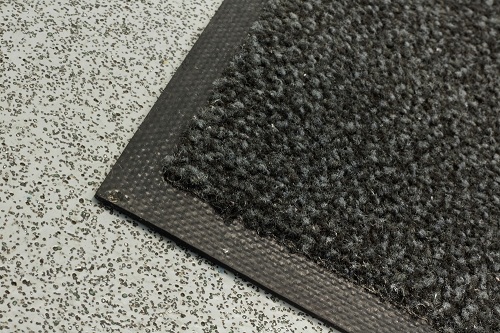
If you’ve ever owned a home with carpeting then you know that at some point you’ll need to replace it. Regular vacuuming and an annual steam cleaning can help extend the life of your current carpet, but regular wear and tear will eventually break it down. When it comes time to replace your carpet, consider installing one of the different types of recycled carpets that are currently becoming more popular in the marketplace.
Before you turn up your nose at the idea of recycled carpets, it’s important to understand exactly what we’re talking about. Recycled carpets aren’t reused or repurposed carpeting. Rather, recycled carpets are simply produced using appropriate recycled materials rather than completely new fibers and raw materials. One of the most popular options is what’s known as “P.E.T.” carpeting. The “P.E.T.” stands for polyethylene terephthalate, which is essentially a polyester filament that is produced from recycled soda and other soft drink bottles.
P.E.T. Carpeting Helps the Environment
By using plastic bottles as the basis for new consumer carpeting, manufacturers can avoid having to use new petrochemical materials and resources to make carpet flooring, and can also keep those plastic soda and soft drink bottles out of landfills. In fact, the P.E.T. carpet manufacturing process has resulted in literally tens of billions of plastic bottles being diverted from landfills around the world. This makes P.E.T. carpeting a double win for the environment.
Overview of the Manufacturing Process
The manufacturing process for P.E.T. carpeting is as follows. Plastic bottles are first prevented from entering the normal landfill waste stream through household recycling programs. The next step is for the bottles to be washed and any heavy plastic components (such as the bottom sections and caps) are removed. The bottles are then cut and ground into small chips, and any glues and labels are removed with a chemical solution. At the carpet manufacturer these chips are melted and then extruded into thin fibers that are then woven into carpeting. (These same P.E.T. chips are also used to manufacture other consumer products such as fiberfill insulation, new food and beverage containers, and more.)
No Shortage of Options
Of course, P.E.T. carpeting is beneficial to the environment only if people actually buy it instead of carpeting made from non-recycled materials. Fortunately, P.E.T. carpeting comes in a number of different styles and colors to choose from, and there are several manufacturers who offer this product. Recycled carpets such as P.E.T. carpeting can also be treated with Scotchgard, which can greatly increase its durability in your home.
The next time you need to replace carpeting in your home, consider taking a look at P.E.T. carpets. You might find yourself pleasantly surprised to see how quality carpeting and helping the environmental can go hand in hand.

